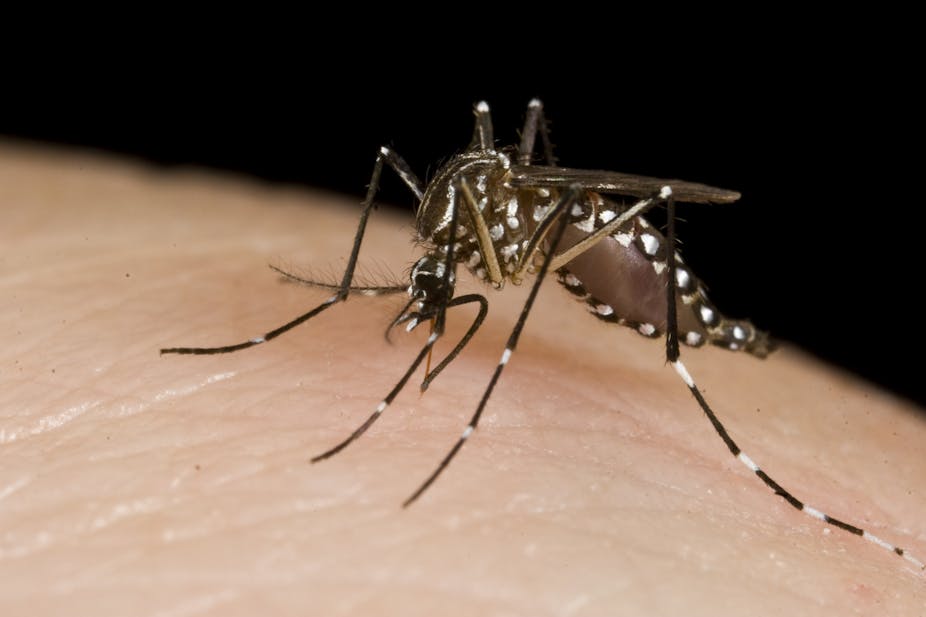They are the answer to the classic quiz question: “What is the most deadly animal on earth?”
By the time contestants have debated the demerits of tigers, cobras and great white sharks scores of victims of the real worst killer will have died and other people will have been infected by the diseases it spreads. The mosquito goes about its deadly business every day, moving infections around that kill hundreds of thousands of humans every year.
It increasingly seems nowhere is safe – experts have warned mosquitoes could bring malaria and dengue fever to the UK within decades.
There is nothing good to be said for mosquitoes. Scientists willingly concede that their eradication would bring significant benefits for humanity with no obvious downsides. What good mosquitoes might do, mostly through sheer weight of numbers as food for other creatures or as amateurish pollinators, are roles readily filled by alternative species.
As the famous and charming folk song has it: “All God’s creatures got a place in the choir”, some singing higher, some lower and some just clapping their paws. However the lyrics do not suggest that any of the choir are sneaking off for a clandestine blood meal, infecting millions of people with malaria, yellow fever, dengue fever, west Nile virus and a host of other less familiar dreads. Even the most generous explanations of the mosquito’s place in the world is that it is here to remind us of our fall from grace.
Gothic flies
Instead of trying to invent a place for the mosquito in a supposed natural balance that is a cosy but flawed version of the natural world, perhaps it is better to see these insects as the Gothic fly in the ointment they so clearly are. The mosquito has replaced many of the old monsters and demons of earlier folklore in our imaginations.
Mosquito natural history is a perfect mixture of monstrous traits. They are associated with swamps and miasmas, those eerie and uncertain places of which humanity is wary. Even before we understood the role of these blood-sucking flies in transmitting disease, humanity had a sense that there was something carried in the filthy swampland air that brought disease and that these places were best avoided.

Swamps and fens are odd places, neither land nor water, but perfect mosquito habitat. In the UK some of the earliest surveys of ponds and wetlands in East Anglia were driven by the desire to find the mosquitoes’ lair, in the very same swamps where once saints and heroic warriors had ventured to confront fiends.
Mosquitoes are also creatures of the night. The fall of darkness has always been a threat to us light-loving primates, not just at a basic biological level as our senses falter but also in religion and custom. Mosquitoes awake with the failing light, able to find their victims when we can only hear their whine.
Above all they suck blood in order to reproduce, or at least the females do, which only fuels the religious constructions of why humankind is plagued by them. We no longer have the Saxon hero Beowulf to confront the monsters in their water lair, but instead Bill Gates has malaria and its mosquito vectors in his well resourced sights: the rational world of science and technology pitted against a blood sucking foe from the twilight. It is the classic struggle.
Meantime mosquitoes have made some advances of their own. In the UK headlines warn us of a “plague”, that a “killer mosquito lurks in Britain” which will “threaten to terrorise the UK” . Malaria had been indigenous to the country since at least Roman times, notably around the coastal marshes of the Thames estuary, the same marshes from which the terrifying convict Magwitch looms at the start of Charles Dickens’ Great Expectations, in classic swamp monster style. However by the early 20th century the disease had been eradicated.
It is those same marshes that now seem to be home for a bridgehead of invasive mosquito species new to the UK, moving north from the continent. They include the Asian Tiger mosquito, a vector for west Nile virus. This mosquito is a miniature cantilevered marvel of black and white, drawn straight from the pages of a Victorian gothic fantasy. The killer swarms rising from their swamp lairs show no signs of retreat.

